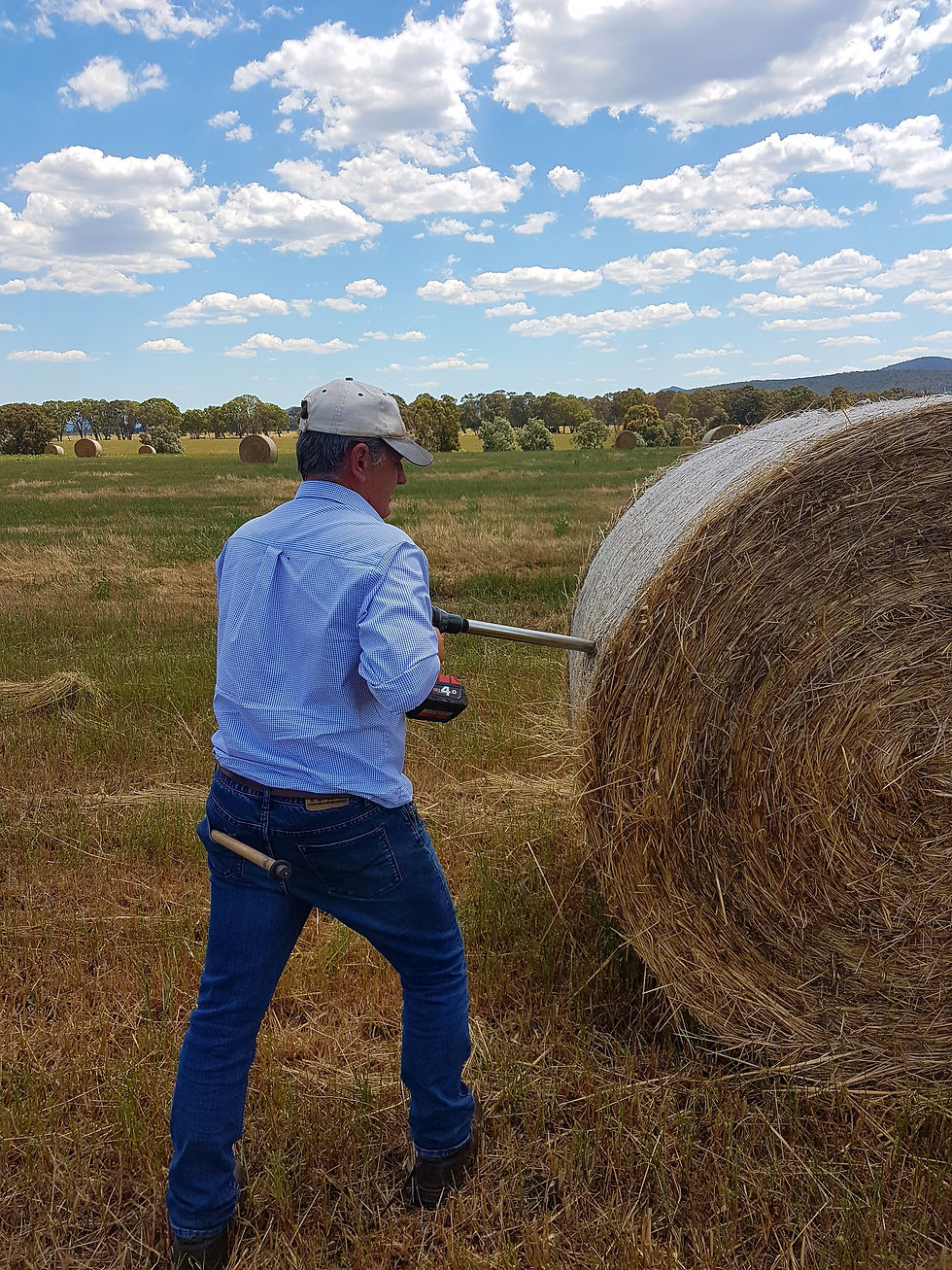SUPPLEMENTARY FEEDING - Being Prepared
- Jess Bloomfield
- Nov 15, 2017
- 2 min read
Updated: Jun 1, 2020
In some areas spring has been a little late to join the party, but soon some of us will have more grass than we know what to do with! Unfortunately, however this healthy supply of feed won't last, our pastures will turn and we may need to start supplementary feeding.

How to prepare so that we don't get lags in growth rate or hit with high fodder prices because everyone has just realised there is no more feed. It is vital to be prepared by:
Allocating feed correctly - The sooner we can wean young stock the better so that we can put mum out in the back paddock and just feed for maintenance, focusing our inputs on maximising growth rates in our young stock. We need to do this by preparing the rumen early through transition feeding. And don't forget your passengers, be careful not to compromise next year's production by having passengers so quit non-productive animals while prices remain high.
Balancing the quality through the change in season - We are going to go from Low NDF, High Protein and High Energy feed to High NDF, Low Quality pastures soon. Again, by preparing the rumen with grain feeding now, we can balance and utilise the excess nutrients with starch from grain so its not wasted, and hold our animals through onto lower quality feed with energy and protein grains.
Protein - Typically, animals will not do well on summer dry standing feed due to the reduced ability to digest the forage. Dry standing feed is low in crude protein and high in fibre. For the rumen to function well and extract energy from feed there must be sufficient protein in the diet -protein grows more rumen bacteria to ferment the fibre to energy. Look at your available protein sources that can be simply and efficiently fed out:
Lupins - an excellent source of RDP that can be fed out alone or with barley.
TPM Dry Feed - the best option when you don't have time to cart grain to them every day. TPM Dry Feed is a loose lick mineral supplement to help utilise this feed, by using slow release protein technology. This type of diet is suitable for livestock requiring maintenance/small amount of weight gain. For young stock requiring growth we would recommend a more energy dense solution. Contact one of our productivity consultants to discuss your options.

Fodder Conservation
Silage.. Is it cheap feed?
If done well...
Yes! However, If the quality is poor, it is expensive due to losses in wastage and animal performance. The weather often gets in the way, but there are things we can do to manage this, and conserve good quality home grown forage.
We need to test it, learn from it to make a plan for next year and, do everything possible to cut at the right time and keep that oxygen out.
Contact Mark or Owen to find out more about how we can save on costs later by making good silage now!
Our Consultants
EXPERTS IN RUMINANT PRODUCTIVITY
Mark Facy
0437 243 320
Owen Rees
0429 437 823
Mikaela Baker
0457 243 391
To download a copy of this article, please click the link below…




Comments